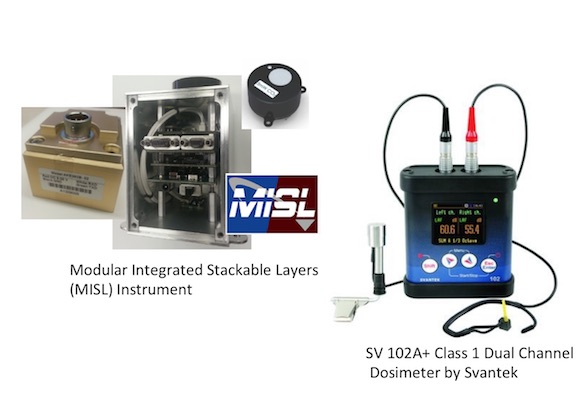Suborbital Flight Experiment Monitor-2 (SFEM-2)
PI: Kathryn M. Hurlbert, NASA/Johnson Space Center
PI: Kathryn M. Hurlbert, NASA/Johnson Space Center

- TA02 In-Space Propulsion Technologies
- TA03 Space Power & energy Storage
- TA06 Human Health, Life Support and Habitation Systems
The SFEM-2 is an augmented version of current instrumentation being flown to characterize the test environment in suborbital vehicles. This new integrated package provides not only acceleration data, etc., but cabin temperature, pressure, CO2 and acoustic measurements.
The SFEM-2 will employ a Modular Integrated Stackable Layers (MISL) instrument already designated for suborbital testing, and a COTS acoustic sensor already being developed for Orion and/or ISS. An additional benefit is early testing of the acoustic sensor that is a candidate for Orion and ISS. No one has yet fully characterized the test environment for suborbital vehicles.
Technology Details
-
Selection DateNASA Internal (Jul 2016)
-
Program StatusActive
- 3 sRLV
Development Team
-
PIKathryn M. Hurlbert
-
Organization
-
SponsorNASA

